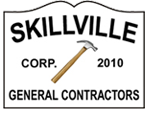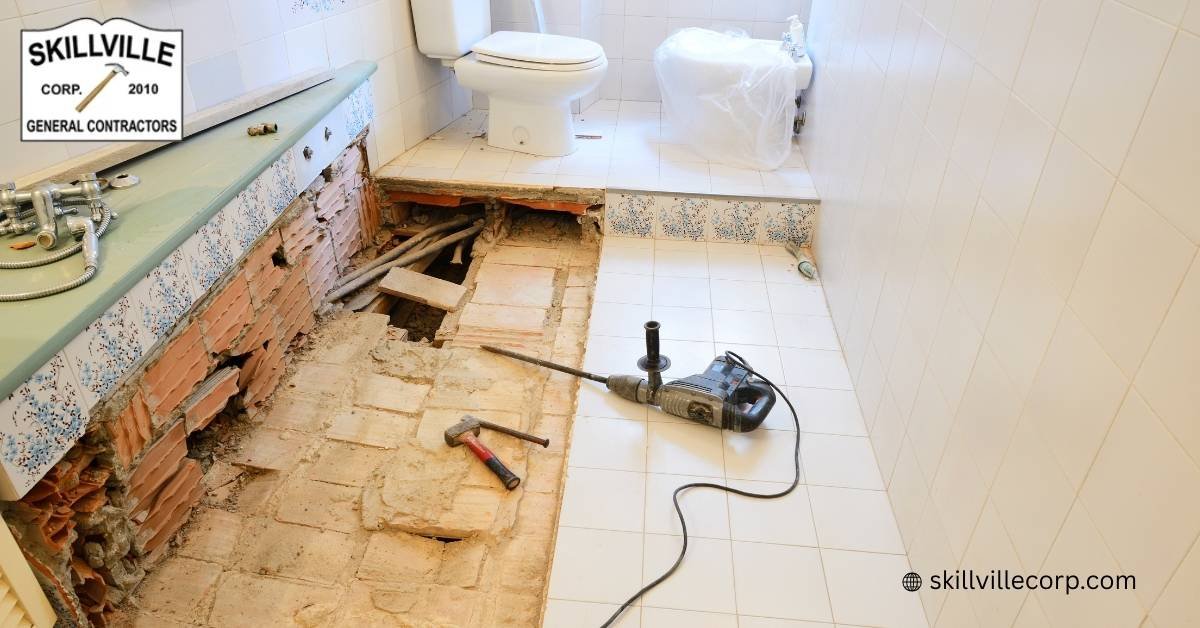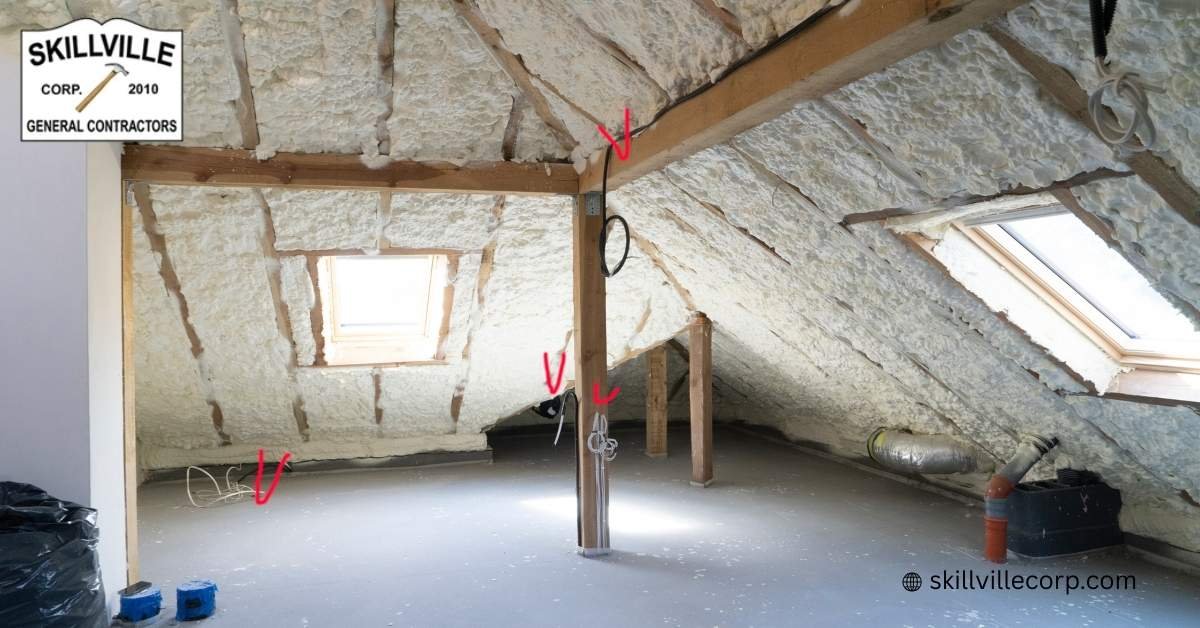Renovating your kitchen is one of the most rewarding home improvement projects you can take on. It increases functionality, boosts your home’s value, and makes one of the most-used rooms in your house more beautiful and enjoyable. But if you’ve never gone through a major renovation before, you might not be fully prepared for what it actually involves.
A kitchen renovation is exciting, but it can also be noisy, dusty, disruptive, and time-consuming. Knowing what to expect at each stage of the process can help reduce stress, prevent costly surprises, and make sure you stay on track from demo day to the final walkthrough.
In this comprehensive guide, we’ll walk you through each phase of a kitchen renovation. We’ll talk about the planning process, what happens during construction, how long things typically take, and how to survive without a functioning kitchen for a while. Let’s break it down.
Kitchen Remodeling: A Step-by-Step Guide to Your Dream Kitchen
Transforming your kitchen doesn’t have to be difficult. This step-by-step kitchen remodeling guide will take you through every step, from planning to the final touch of color, helping you create a space that’s functional, stylish, and perfectly suited to your lifestyle.
Step 1: Planning and Designing Your New Kitchen
Every successful kitchen renovation starts with a solid plan. This phase might seem like it takes forever, but the time spent upfront pays off later in fewer mistakes and smoother construction.
Things to Do During This Phase:
Assess your current kitchen. What works and what doesn’t? Make note of any functionality issues, like a lack of counter space, poor lighting, or an awkward layout.
Set a realistic budget. Kitchen renovations can range from a few thousand dollars for small updates to well over $100,000 for high-end remodels. The national average falls between $25,000 to $40,000. Your budget should account for materials, labor, appliances, permits, and a little cushion for surprises.
Define your priorities. What is most important to you? Are you focused on creating a more open layout? Do you want top-of-the-line appliances? Is storage your biggest concern? Knowing your priorities will help guide decision-making.
Find a contractor or designer. Unless you plan to do everything yourself, now is the time to bring in a professional. A contractor or kitchen designer can help you plan the space, suggest materials that fit your budget, and handle permits.
Design your dream kitchen. With professional input, you’ll work on the layout, choose cabinetry styles, pick flooring and backsplash materials, and decide where appliances will go. Some people also do 3D renderings at this stage to visualize the final result.
Order materials early. Cabinets, appliances, and specialty items can take weeks or months to arrive. Ordering early ensures that your project stays on schedule later.
Secure permits. Your contractor will often handle this, but it’s good to be aware of the local requirements. Any structural, electrical, or plumbing work usually requires a permit.
If you’re also considering other home upgrades, check out our article on the pros and cons of home additions.
Step 2: Pre-Construction Prep
Before the crew shows up with tools in hand, there are a few things you’ll want to do to get your home ready for construction.
What to Expect:
Pack up your kitchen. Remove all dishes, food, small appliances, and anything else from your kitchen. You’ll want to box these up and store them somewhere safe during the renovation.
Set up a temporary kitchen. If your renovation will take several weeks or months, having a place to prep basic meals is important. A folding table, microwave, toaster oven, and mini fridge in another part of the house can make life much easier.
Protect adjacent spaces. Dust will spread. Consider sealing off doorways with plastic sheeting and moving furniture away from nearby walls. Cover floors and valuables in areas close to the work zone.
Talk to your contractor about the schedule. Agree on working hours, who will be on-site each day, how to communicate updates, and what days inspections are expected to take place.
Need ideas for organizing your temporary space? Our best ideas for basement remodeling in Methuen might inspire creative solutions.
Step 3: Demolition
Now comes the fun part, tearing it all out. Demolition may take a few days to a week, depending on the size and complexity of the project.
What Happens During Demo:
- Cabinets, countertops, old appliances, and sometimes walls are removed
- Plumbing and electrical fixtures are disconnected
- Flooring may be taken out if it is being replaced
- Waste is removed in dumpsters or trucks
Be Prepared for Surprises
Destruction is when hidden problems often show up. Possible surprises like mold or outdated wiring, if you suspect attic mold, consider hiring a pro using our attic mold services in Methuen. These issues can delay the project and increase costs, but they also give you the chance to fix things properly.
Step 4: Structural, Electrical, and Plumbing Work
This is often referred to as the “rough-in” stage. It happens after dismantling and before the finishes go in.
What This Stage Includes:
- Framing new walls, soffits, or bump-outs
- Running new electrical wiring and circuits
- Installing plumbing lines and rerouting as needed
- Installing HVAC ductwork, if applicable
These steps are done before insulation, drywall, and finishes. Local inspectors may visit during this stage to approve the electrical and plumbing work before construction continues.
Step 5: Drywall, Flooring, and Painting
Once the behind-the-walls work is approved, things start to come together visually. The space begins to look more like a kitchen again.
Typical Timeline:
- Drywall: Hung, taped, and sanded
- Flooring: Hardwood, tile, or vinyl flooring is installed
- Painting: Walls and ceilings are painted
If you’re planning a bathroom update next, here’s a helpful guide on how long a bathroom remodel takes.
You’ll need to let things dry and cure properly between stages. For example, freshly painted walls need time before cabinets can be hung.
Step 6: Cabinet and Countertop Installation
Now the real transformation begins. Cabinets are typically installed first, followed by the countertops.
What Happens Here:
- Cabinets are attached to walls and leveled
- Hardware like knobs and pulls may be added
- Countertops are templated, cut, and installed
- Backsplash installation may begin after the countertops
Countertops may take a week or more to fabricate after measuring, so be prepared for a gap between cabinet installation and final countertop delivery.
Step 7: Appliance and Fixture Installation
With cabinets and countertops in place, your contractor will move on to the final appliances and fixtures.
Includes:
- Sink and faucet
- Stove, oven, microwave, refrigerator, and dishwasher
- Light fixtures and under-cabinet lighting
- Outlet covers, switches, and ventilation
Plumbers and electricians usually return at this point to connect everything and test that it works properly.
Step 8: Final Touches and Inspections
You’re in the home stretch. Final touches bring the space to life and ensure every detail is taken care of.
Finishing Work Might Include:
- Installing the backsplash
- Caulking and sealing where needed
- Final coat of paint or touch-ups
- Clean-up of debris and dust
- Walk through with your contractor to create a punch list
The punch list covers anything left to fix a crooked cabinet door, a missing outlet cover, or a small paint smudge. Once everything is resolved, your kitchen is officially done.
How Long Does a Kitchen Renovation Take?

Timelines vary based on the size of the project, material availability, and whether you’re doing a partial or full remodeling your kitchen. A basic renovation may take four to six weeks. A full renovation could last two to four months, or longer if custom materials are used.
Here’s a rough breakdown of timing:
- Planning and design: 2 to 6 weeks
- Ordering materials: 2 to 10 weeks
- Demolition: 1 week
- Rough-in work: 1 to 2 weeks
- Drywall, paint, and flooring: 2 to 3 weeks
- Cabinet and countertop installation: 2 to 3 weeks
- Final installation and cleanup: 1 to 2 weeks
For a more detailed look, visit our kitchen remodel timeline guide.
Tips for Surviving a Kitchen Remodel
Even with a great contractor, the process can feel overwhelming. Here are some tips to help you cope:
- Plan meals and use slow cookers, air fryers, or portable cooktops
- Keep snacks and utensils in an easily accessible spot
- Stay flexible with your timeline
- Communicate openly with your contractor
- Take progress photos to remind yourself of how far you’ve come
- Treat yourself to the occasional takeout or dinner out when the chaos hits
Frequently Asked Questions (FAQs)
1. How Long Does A Kitchen Remodel Take, And What Impacts The Timeline Most?
A kitchen remodel can take anywhere from several weeks to months. Lead times, planning ahead, the size of your kitchen, plumbing and electrical, and the layout of your kitchen all impact the kitchen remodel timeline. A full kitchen renovation often requires coordinating remodeling professionals to avoid delays.
2. What Are The First Steps When Starting A Kitchen Remodel As A Homeowner?
Starting a kitchen remodel means first setting a realistic budget, working with a kitchen designer, and assessing your current kitchen. Early in the process, define your kitchen design, choose cabinets and countertops, and hire a general contractor. Designing a kitchen right ensures a successful kitchen renovation.
3. What Are Tips For Surviving A Kitchen Remodel With A Temporary Kitchen?
Surviving a kitchen remodel starts with creating a temporary kitchen space for basic cooking. Use a microwave, move your refrigerator, and store essentials in a pantry or drawer. These tips for surviving help reduce headaches during your remodel project and keep your life moving while work continues.
4. What Are The Things I Wish I Knew Before Remodeling A Kitchen Launch?
Things I wish I knew before initiating a kitchen remodel included how disruptive the remodeling process would be. Things I wish also include understanding lead times for cabinetry, countertop, and appliance deliveries. Knowing what to expect during a kitchen remodel helps every homeowner plan more confidently.
5. What’s Included In A Typical Kitchen Remodel, From Destruction To Fixture Install?
A typical kitchen remodel includes demolition of your old kitchen, installing new flooring, drywall, paint, sink, and tile. Then, kitchen cabinets are installed, followed by lighting, quartz or wood countertops, fixture placement, and painting the cabinets. A finished kitchen is a true dream kitchen come true.
Final Thoughts by Kitchen Renovation
A kitchen renovation is a major investment of time, money, and energy. But it’s also one of the most rewarding projects you can do as a homeowner. The key is going in with a clear plan, realistic expectations, and the right team by your side. If you’re ready to transform your kitchen renovation with confidence and expert care, let’s make your dream kitchen a reality together. Ready to renovate your kitchen with confidence? Visit Skillville Corp. to explore our services, or reach out directly through our contact page to get started.
Let’s build your





